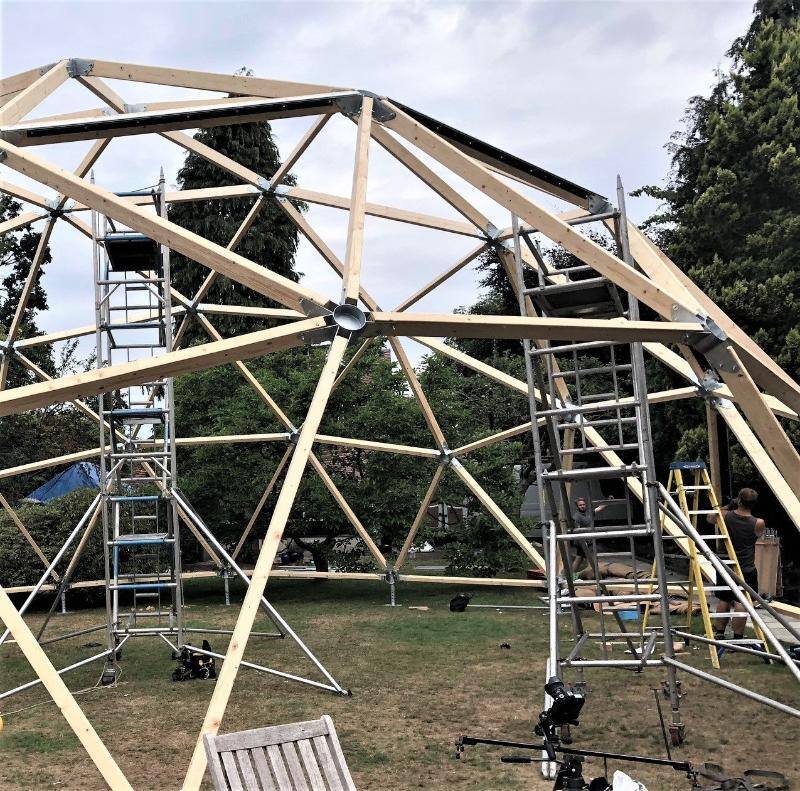
Guidance And Regulations For Temporary Demountable Structures
Temporary demountable structures play a crucial role at many events, from concerts and festivals to sports fixtures and trade shows. Designed to be quickly erected and taken down after use, they offer outstanding convenience and cost-efficiency, enabling events to be held even when permanent facilities are unavailable. However, although temporary in nature, it is essential to follow strict guidance and regulations to ensure their safety and functionality.
In this article, we will explore the most important things to consider when using temporary demountable structures.
Functionality
The first step when considering temporary structure design is to understand the building’s specific requirements and function, including its size, capacity, layout, intended use, and location. Whether you are setting up a grandstand for a sporting event, a stage for a music festival, or a booth for a trade show, the structure must deliver the functionality you need and accommodate the desired number of people without compromising its safety.
These considerations will significantly influence the design and engineering of the structure to ensure that it meets its intended purpose.
Compliance With Safety Regulations
Safety should always be a priority when designing, erecting, and dismantling temporary structures. Engaging with professional structural engineers is essential to ensure that the building can withstand anticipated loads, is structurally sound, and complies with safety requirements. The appropriate building codes and regulations must also be meticulously followed to offer assurances about the safety of attendees and staff.
Failing to adhere to guidelines can result in severe consequences, including accidents and prosecution.
Materials And Structure
Temporary structures must be designed to resist various challenges, including wind, snow and accidental loads, and must offer adequate structural integrity and stability against dynamic forces. It is crucial that suitable structural materials are used to endure challenging conditions without reducing safety levels.
Temporary structures have unique design factors and structural systems that differ from those that apply to permanent structures, so drawing on industry expertise is essential to ensure the structure's stability and safety.
Management Plan
An operations management plan is a vital aspect of organising an event at which temporary structures will be used and should be based on the defined operating limits in the engineering documentation. The plan should outline the actions to be taken at specific times during the event: for example, it should stipulate the wind speed at which a temporary structure should be closed to the public to prevent accidents.
The management plan ensures that everyone involved in the event is aware of safety protocols and can respond promptly to changing conditions.
Contact Us For Professional Advice
At Fenton Holloway, we provide specialist advice on the unique requirements for temporary demountable structures to ensure they comply with UK and/or international structural standards. To find out more, please get in touch with Adam Magrill by email at amagrill@fentonholloway.com.

/Adam%20Magrill%20-%20Temporary%20Demountable%20Structures%20-%20Long.webp)
.png?width=365&height=215&name=Brochure%20CTA%20(1).png)